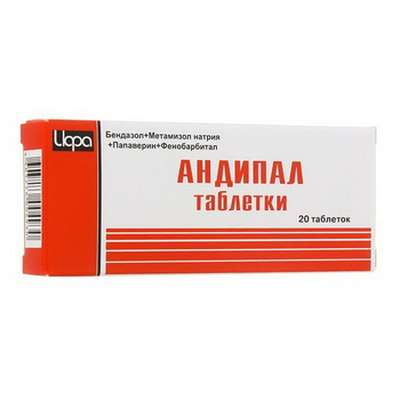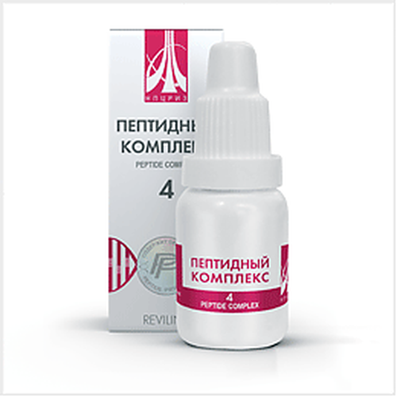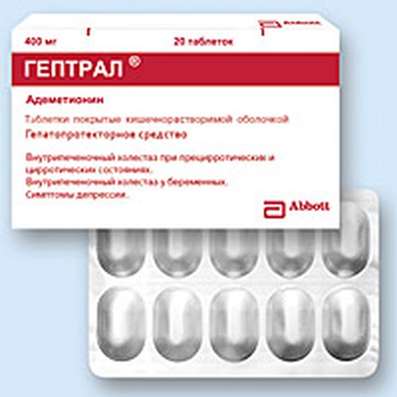Instruction for use: Neiromidin Injection
I want this, give me price
Trade name of the drug – Neiromidin
International nonproprietary name: Ipidacrine.
Chemical Name: 9-Amino-2,3,5,6,7,8-hexahydro-1H-cyclopenta [b] quinoline hydrochloride monohydrate.
Dosage form: solution for intramuscular and subcutaneous administration.
Composition: active ingredient : Ipidacrine 5 mg or 15 mg in 1 ml; Other ingredients: hydrochloric acid, water for injections.
Description: clear, colorless liquid.
Pharmacotherapeutic group: cholinesterase inhibitor.
ATX code: N07AA.
pharmacological properties
Pharmacodynamics
Neiromidin is reversible cholinesterase inhibitor that directly stimulate impulse conduction in neuromuscular synapse in the central nervous system as a result of the blockade of potassium channels of the membrane. It enhances the effect on smooth muscle acetylcholine not only, but epinephrine, serotonin, histamine and oxytocin. Neiromidin is has the following pharmacological effects:
- improves and stimulates neuromuscular transmission;
- enhances conduction in peripheral nervous system disorders due to injury, inflammation, effects of local anesthetics, some antibiotics, potassium chloride, etc .;
- increases smooth muscle contractility bodies influenced acetylcholine agonists adrenaline, serotonin, histamine and oxytocin receptors, except for potassium chloride;
- improves memory.
The drug has no teratogenic, embryotoxic, mutagenic, carcinogenic and immunotoxic action. No effect on the endocrine system.
Pharmacokinetics
The drug is rapidly absorbed after administration. The maximum blood concentration is reached in 25-30 minutes after administration. 40-55% of the active substance is bound to plasma proteins. Neiromidin rapidly enters the tissue. It is metabolized in the liver. The elimination of the drug through the kidneys and extrarenal (through the gastrointestinal tract). The half-life is 40 minutes. Excretion of the drug Neiromidin kidneys occurs primarily by tubular secretion, and only 1/3 of the drug is released by glomerular filtration. After parenteral administration, 34.8% of the dose of the drug is excreted in the urine in unchanged form.
Indications for use. Diseases of the peripheral nervous system (neuritis, polyneuritis and polyneuropathy, poliradikulopatii, myasthenia gravis and the myasthenic syndrome of various etiologies); bulbar paralysis and paresis; recovery period of organic lesions of the central nervous system, accompanied by movement disorders; Combination Therapy of demyelinating diseases; intestinal atony.
Contraindications. Hypersensitivity to any component of the drug, epilepsy, extrapyramidal disease with hyperkinesis, angina pectoris, bradycardia, bronchial asthma, intestinal obstruction or urinary tract, vestibular disorders, gastric ulcer or duodenal ulcer in the acute stage of pregnancy and lactation, children's age.Be wary of: gastric ulcer and duodenal ulcer, thyrotoxicosis, diseases of the cardiovascular system, as well as patients with obstructive diseases of the respiratory system, or a history of acute respiratory diseases.
Dosage and administration. Subcutaneously or intramuscularly. Dose and duration of treatment is determined individually depending on the severity of the disease.Peripheral nervous system diseases, myasthenic gravis syndrome and including subcutaneously and intramuscularly 5-15 mg 1-2 times a day. The course of treatment is 1-2 months. If necessary, treatment can be repeated several times with a break between courses of 1-2 months.To prevent myasthenic crises or severe disorders of neuromuscular conduction is administered 15-30 mg of the solution, and then continue treatment Neiromidin in tablet form, the dose can be increased to 20-40 mg (1-2 tablets) 5-6 times a day.
Treatment and prevention of intestinal atony: an initial dose - 10-15 mg for 1-2 weeks. The dose can be increased to 30 mg per day.
Side effects. Cause excitation of m-cholinergic receptors: salivation, sweating, palpitations, nausea, diarrhea, jaundice, bradycardia, epigastric pain, increased allocation of the bronchi secretion, convulsions. Drooling and bradycardia can be reduced m-holino-blockators (atropine, etc.).Rarely, after using the higher doses were observed dizziness, headache, vomiting, weakness, drowsiness, skin and allergic reactions (itching, rash). In these cases, reduce the dose or short-term (1-2 days) interrupt drug.These side effects occur in less than 10% of patients.
The appearance of side effects during treatment with it is imperative to inform the treating physician.
Overdose. When drug poisoning Neiromidin immediately call a doctor.
Symptoms: loss of appetite, bronchial spasm, lacrimation, sweating, pupillary constriction, nystagmus, increased motility of the gastrointestinal tract, spontaneous defecation and urination, vomiting, jaundice, bradycardia, a violation of intracardiac conduction, arrhythmias, lowering blood pressure, restlessness, anxiety, agitation , anxiety, ataxia, seizures, coma, speech disorders, drowsiness and weakness. Treatment: gastric lavage, the use of m-anticholinergics (atropine, cyclodol, metacin, etc...), Symptomatic therapy.
Special instructions.
During treatment should refrain from driving and activities potentially hazardous activities that require high concentration and psychomotor speed reactions.
Interaction with other medicinal products. If you are taking other drugs, inform your doctor.Neiromidin enhances the sedative effect in combination with the means oppressive central nervous system. The action and the side effects are enhanced when used together with other cholinesterase inhibitors and nicotinic-m means. In patients with myasthenia increases the risk of cholinergic crisis, if used in conjunction with other Neiromidin cholinergic agents. The risk of bradycardia. If β-blockers were used prior to the start of treatment Neiromidin. The drug can be used in combination with Cerebrolysin.
It weakens the inhibitory effect on neuromuscular transmission and conduction of excitation along the peripheral nerves of local anesthetics, aminoglycosides potassium chloride.
Alcohol increases the side effects of the drug.
Product form. A solution for intramuscular or subcutaneous administration of 5 mg / ml and 15 mg / ml. 1 ml of the drug in neutral glass vials (type I).
5 vials in blisters made of PVC film. On 2 blisters with instruction on use are placed in a pile of cardboard.
Shelf life. 2 years. Do not use beyond the expiration date printed on the package.
Storage conditions. In a dry, dark place at a temperature no higher than 25 ° C.
Keep out of the reach of children.
Conditions of supply of pharmacies. On prescription.

 Cart
Cart





